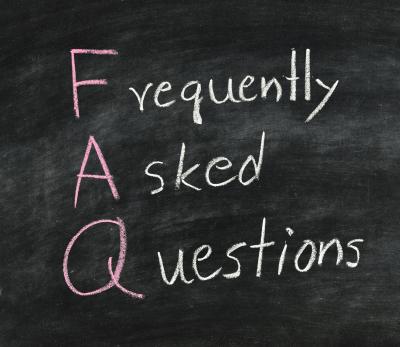Neighborhood Council Frequently Asked Questions
Frequently Asked Questions
One of the most common misconceptions regarding the Neighborhood Councils is that the City Commission or City Staff created them. The Neighborhood Councils were a result of the 1996 Local Government Study Commission's work. The Montana Constitution allows all self-governing bodies the opportunity to review their form of government once every ten years. This review is initiated by a vote of the public, and a study commission is elected. In 1996, the voters chose to review our City Commission/Manager form of government. As a result of the work of the Study Commission, it was felt that our form of government works well and is efficient, but it gives the perception of being inaccessible.
In an effort to improve accessibility, the Study Commission recommended three changes to the City's Charter on the November 1996 ballot. Those recommendations were to 1) increase the size of the Commission from a mayor and four commissioners to a mayor and six commissioners; 2) lengthen the term of mayor from two years to four years for more continuity; and 3) re-establish neighborhood councils as a formally recognized advisory board within the City Charter. Of the three recommendations, only the Neighborhood Council amendment to the Charter was passed by the voters in November 1996. The Charter Amendment for creation of the Councils included a sunset provision that required a ratification vote in 2001 during the City General Election. The sunset was approved by a 9 to 1 ratio by the voters, and the councils are now a permanent part of the City Charter.
The Neighborhood Councils were established to provide advisory input on all areas of government that affect their neighborhood. These could include areas such as finance, parking, planning, zoning, police, and parks, but they are not limited to these topics. The Councils are advisory to the City Commission, City staff, City Boards and Commissions, and other government entities as well. The Councils have also been utilized as sources of community outreach/education and input by private entities such as Energy West, Inc. and Benefis Hospital.
There are currently nine Councils within the City of Great Falls. The Charter amendment allows for up to thirteen councils to be established.
The Councils are made up of five (5) members each. They are required by ordinance to have a minimum of a Chair and an Official Delegate, however, many have chosen to elect a Secretary and Vice-Chair.
The members of the Council are elected to two-year terms during the City General Election. To run for a Council seat, one must be eligible to vote in Cascade County, be eighteen years of age, and be a resident of the district that one wishes to serve. All of the nine Council districts are located within the corporate City limits of Great Falls. The residency requirement continues for the duration of the member's elected term, and if a member moves from the district s/he will be required to resign from the Council. No filing fees are required, but a Declaration for Nomination and Oath of Candidacy Form must be submitted to the Cascade County's Elections Office.
If a vacancy develops on a Council due to the resignation of a member, the remaining members will appoint a new member to serve the remainder of the vacant position.
The Councils meet once a month at various locations throughout the City. Please refer to the "OUR COUNCILS" page and check each Council for location, date, time and location of the meeting. Meetings are also posted on the Neighborhood Councils Meeting Calendar.
To find your council location, visit the interactive map. Enter your address into the search bar for the specific area view and click on the map to see the council number. The map is at the bottom of the “Our Councils” page.
Contact Information
Neighborhood Council Liaison
P.O. Box 5021
Great Falls, MT 59403
(406) 788-1129
Upcoming Events
-
01/01/2026 - 6:30pm
-
01/07/2026 - 6:30pm
-
01/08/2026 - 7:00pm

